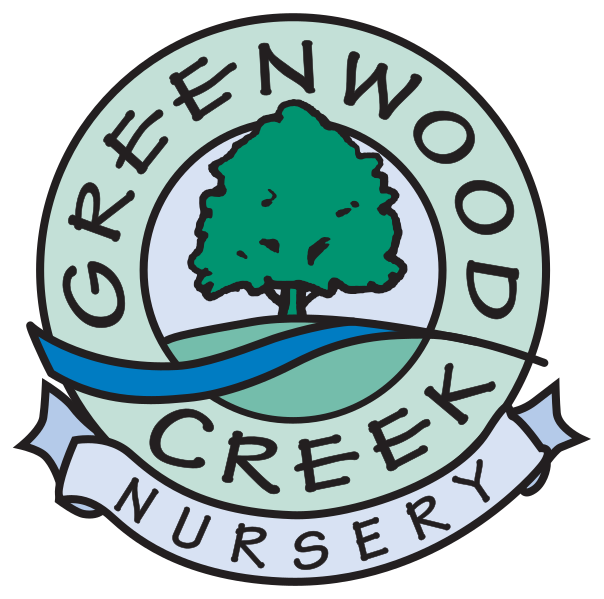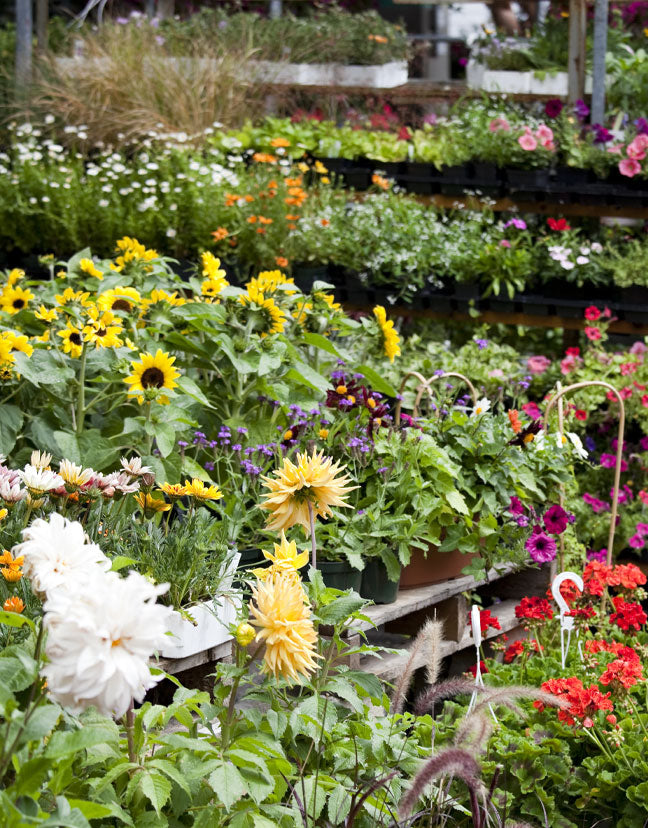There are many reasons to grow fresh herbs. Herbs enhance the flavor of your favorite dishes, their visual appeal renders them the perfect garnish, and they are high in nutritional value. There are just as many reasons to grow herbs in containers! Containers make herbs easily accessible to the kitchen and grill, they allow you to plant herbs with similar cultural requirements together, and herbs are ornamental, adding edible beauty to a porch, patio, deck, or even a fire escape.
Selecting Herbs
Selecting herbs to grow in containers should not be difficult. Remember, if it can be grown in the ground, it can be grown in a container.
We recommend choosing which herbs you are most likely to use in the dishes that you create. The top ten most popular herbs are:
- Basil
Used in Italian and Asian cuisine, fresh basil is loaded with antioxidants, vitamins K, A, and minerals. Grow basil in full sun in moist, well-drained soil.
2. Bay Leaf
Most often used in soups and stews, bay leaf is an excellent source of vitamins A, B6, and C. Bay leaf should be grown in full to part sun in well-drained soil.
3. Cilantro
Frequently used in Caribbean, Asian, and Mexican dishes, cilantro is loaded with vitamins A, C & K, as well as being antioxidant rich. Grow cilantro in full sun to partial shade in moist, well-drained soil.
4. Dill
Used in dips, soups, salads, and fish, dill is packed with flavonoids known to reduce the risk of heart disease and stroke. Grow dill in full sun to part sun in moist, well-drained soil.
5. Mint
Used in salads, sauces, teas, cocktails, desserts, and more, mint is rich in C, D, E, & A vitamins, boosting the body’s immune system, protecting cells, and soothing stomach upset. Mint is grown in full sun to partial shade in moist, well-drained soil. All mints are aggressive growers and should only be grown in containers to control their spread.
6. Oregano
Used in Greek, Italian, and Spanish cuisine, oregano is full of antioxidants, vitamins K, E, and iron and possesses excellent infection-fighting properties. Oregano should be grown in a full-sun location in well-drained soil.
7. Parsley
Used as a palate cleanser, garnish, and seasoning in sauces and salads. Both flat leaf and curly parsley are rich in vitamins A, C, and K and antioxidants. Parsley is best grown in a full sun to part shade location in nutritious, moist, well-drained soil.
8. Rosemary
Used primarily in Mediterranean and Italian dishes, studies conclude that rosemary has strong antifungal, antiviral, and antibacterial properties. Rosemary prefers growing in full sun and loamy, well-drained soil. Allow soil to dry slightly between watering.
9. Sage
Perfect in poultry, pork, and sausage dishes and frequently used in stuffing and sauces, sage is high in vitamin K and essential minerals, and it supports brain function and lowers bad cholesterol. Grow sage in a well-drained, loamy soil. Allow soil to dry slightly between watering.
10. Thyme
Frequently used in sauces, soups, and meat dishes, thyme brings helpful nutrients to the table, like vitamins A, C, copper, iron, and manganese. Thyme essential oil is used as a mood booster and to reduce blood pressure. Thyme loves the heat. Give it full sun and very well-drained soil. Thyme can take dry conditions.
Selecting Containers
When selecting an herb container, drainage is the most important feature. Lower-growing herbs, like cilantro, oregano, parsley, sage, and thyme, work well in a hanging basket, planted in a strawberry jar, or set toward the front of a window box. Taller growing herbs, like basil, bay leaf, dill, and upright varieties of rosemary, may be planted in their own containers, grouped in a whiskey barrel, or placed toward the back of the window box. Terracotta pots and coco-lined containers are the perfect choices for herbs that require excellent drainage and dryer conditions, like rosemary, sage, oregano, and thyme.
Selecting Soil and Fertilizer
Never use garden soil to fill your herb containers. Garden soil is heavy and does not drain well. Instead, select an organic potting soil rich in compost. For herbs that like it on the dryer side, you may add a bit of grit or sand to the soil to further increase drainage. Keep in mind that most herbs are not heavy feeders. Add an organic granular fertilizer listed for vegetables at planting time and again every six weeks during the growing season. Be sure to water the container well after fertilizing.
Selecting a Location
Place your herb containers where they are easily accessible to both the kitchen and grill, where you will use them most often. Make sure that you select a sunny location for vigorous, strong, and healthy plant growth, and clip your herbs frequently to keep them producing and looking their best.
Growing in containers is a simple and convenient alternative to traditional herb gardening, ensuring fresh herbs are nearby whenever you decide to whip up a delicious dish. YOUR GARDEN CENTER has the plants, pots, soil, and fertilizer to grow the perfect container herb garden.





